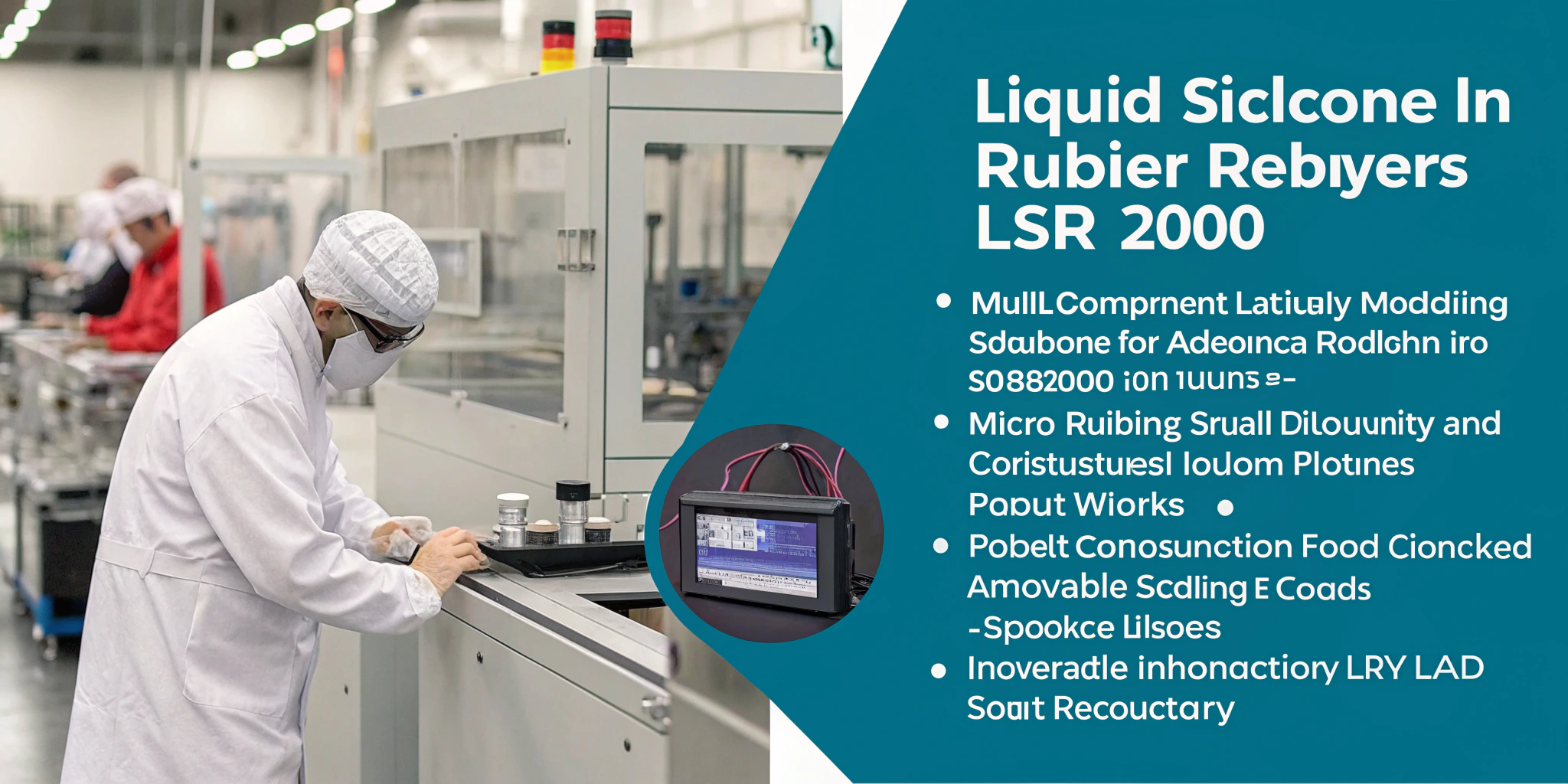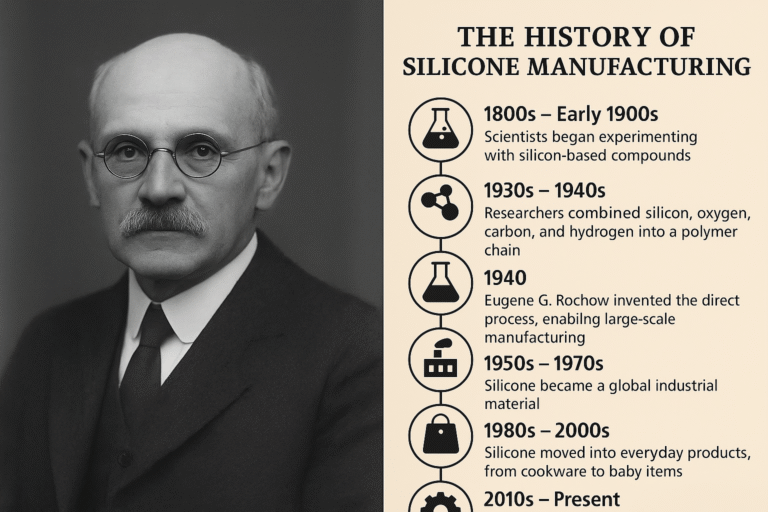The History of Liquid Silicone Rubber and Injection Molding
Liquid Silicone Rubber (LSR) and its specialized injection molding process represent one of the most important advancements in modern manufacturing. Their development brought new levels of precision, durability, and safety to industries ranging from healthcare and automotive to electronics and consumer products. The journey of LSR and LSR injection molding spans nearly a century of innovation.
Early Beginnings: The Origins of Silicone (1930s–1940s)
The foundation of LSR begins with the discovery and study of silicon-based polymers in the early 20th century. In the 1930s, chemists explored materials that combined organic and inorganic properties, eventually creating silicones, which offered unique resistance to heat, chemicals, and aging.
By the 1940s, major companies such as Dow Corning and General Electric began commercial production of silicone materials. These early silicones were primarily elastomers and fluids used in military, aviation, and electrical applications.
Development of Heat-Cured Rubber (HCR) Silicone (1950s–1960s)
Before LSR existed, silicone elastomers were supplied as high-consistency rubber (HCR)—a gum-like material processed using traditional rubber molding methods. HCR was strong and stable, but it required manual handling, long cure times, and multi-step production.
As demand grew, manufacturers began searching for a silicone material that could cure faster, flow more easily, and be molded more precisely.
Introduction of Liquid Silicone Rubber (1970s)
The breakthrough came in the 1970s with the development of Liquid Silicone Rubber, a two-part platinum-cured silicone system with a low viscosity.
LSR offered several advantages over HCR:
-
Faster and more efficient processing
-
High precision and consistency
-
Ability to fill complex molds
-
Excellent biocompatibility
-
Extremely stable mechanical and thermal properties
The introduction of LSR marked a major step toward automated silicone manufacturing.
The Rise of LSR Injection Molding (1980s–1990s)
As LSR gained popularity, manufacturers worked to design molding machines specifically for its fluid nature.
By the 1980s, dedicated LSR injection molding systems emerged, featuring:
-
Metering and mixing pumps
-
Cold-runner technology
-
Fully automated injection processes
This made high-volume, high-precision production possible.
During the 1990s, industries such as medical devices, automotive, and consumer technology began adopting LSR molding widely. Products like baby bottle nipples, gaskets, switches, and seals were now made with unprecedented cleanliness and accuracy.
Modern Innovations (2000s–Today)
Advances in equipment, tooling, and material science have continued to drive LSR technology forward. Recent improvements include:
-
Multi-component (2K/overmolding) with plastics and metals
-
Micro-molding for extremely small parts
-
Advanced LSR grades with conductivity, self-bonding, or optical clarity
-
Fully automated robotic production cells
Today, LSR injection molding is a key technology in sectors requiring reliability, hygiene, and tight tolerances—especially medical, wearables, automotive electronics, and food-safe products.
Conclusion
From early silicone research in the 1930s to today’s advanced multi-component molding systems, the history of Liquid Silicone Rubber and injection molding reflects continuous innovation. LSR has transformed modern manufacturing thanks to its purity, consistency, and ability to meet demanding performance requirements.
Its evolution continues, opening new possibilities for safer, smarter, and more efficient products across the world.

